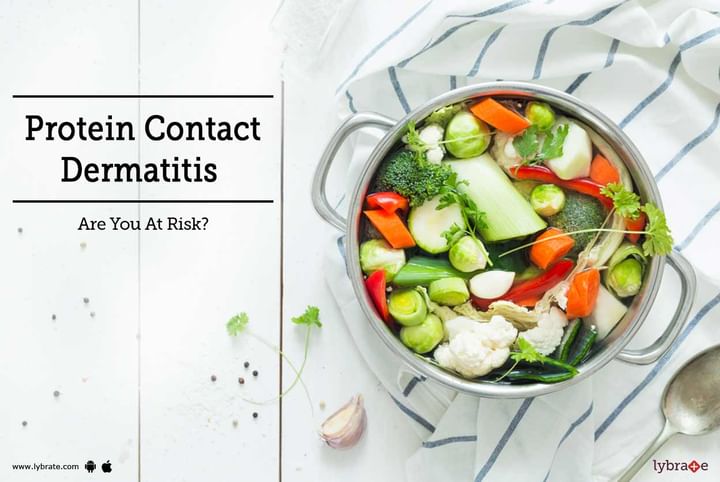Protein Contact Dermatitis - Are You At Risk?
There are four types of protein contact dermatitis: animal, proteolytic enzymes, plant, and flour. The risk factors for this include protein allergens, atopy, and chronic dermatitis. There have been several theories proposed for protein contact dermatitis. Many Scientists are of the view that this occurs due to type 1 hypersensitivity.
Some are of the view that this results from type 1 and type 4 hypersensitivity reactions. Many also believe that this results due to a mediated immunoglobulin E hypersensitivity reaction. All the above three theories have been backed by enough proofs to support the model. No particular sexual or racial predilection is known for this infection. People can get affected with protein contact dermatitis at any age.
Proteins responsible for protein contact dermatitis:
There are four segments of proteins that can result in protein contact dermatitis.
- The first segment involves spices, fruits, plants, and vegetables. This is most commonly found in food vendors, gardeners, caterers etc. The source of protein comes from mugwort, asparagus, carrot, soy, peach, bean, apple and peanut.
- The second segment belongs to animal proteins and the possible victims are butchers, farmers, cooks and veterinarians. People who come in contact with the intestine of animals are more likely to get this disease. The source of protein comes from cow dander, blood, squid, worms, egg yolk, maggots, worms and meats.
- The third segment of protein contact dermatitis is very common among bakers. A form of dermatitis is observed. This being flour-associated proteins, the common culprits are rye and wheat. It is necessary to stay from the latter in order to avoid it.
- The fourth segment results from protein associated with a proteolytic enzyme. This form of protein contact dermatitis is mostly visible among workers of an enzyme factory, bakers, workers of a pharmaceutical company, soap factory workers etc. Patients mostly suffer from respiratory symptoms in this segment. Certain enzymes that are responsible for this segment of protein contact dermatitis include lactase, amylase, and glucoamylase.
Symptoms and diagnosis:
Protein contact dermatitis shows symptoms such as lichenification, erythematous papules, and dermatitis affecting the forearms. At times the fingertips get affected too. A doctor might prescribe a patch test followed by prick and scratch test. Other tests involve a fungal test, open application testing, radioallergosorbent testing, image studies, and biopsy.
The key to avoiding protein contact dermatitis is to stay away from the protein causing the disease. For short-term reliefs, a doctor can prescribe corticosteroids and antihistamines. A patient might have to get admitted to a hospital if the severity level of the disease is so much that the patient is suffering from gastrointestinal distress and angioedema. Medication involves oral dosage of antihistamines and clobetasol propionate.



+1.svg)
